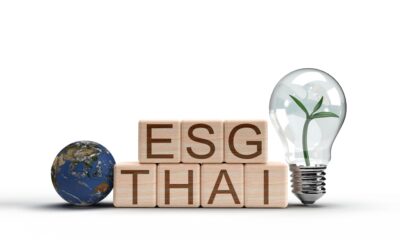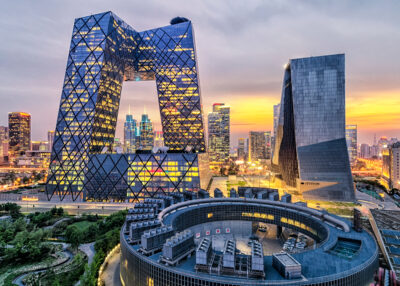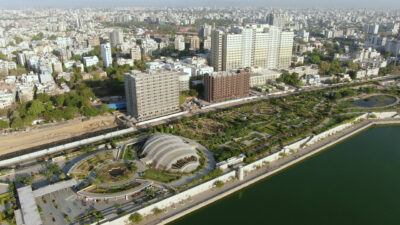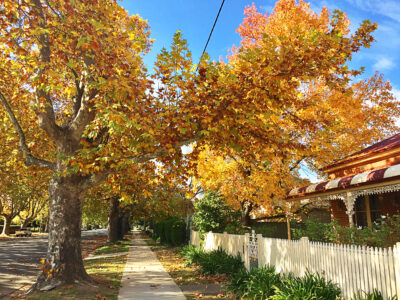Australia’s growing popularity with Asian developers and investors obstructed by COVID-19
Geographical proximity, solid profitability, and a transparent real estate market have all contributed to Australia’s soaring popularity with Asian investors and developers. But with the pandemic sowing discord, this cosy symbiosis faces challenges
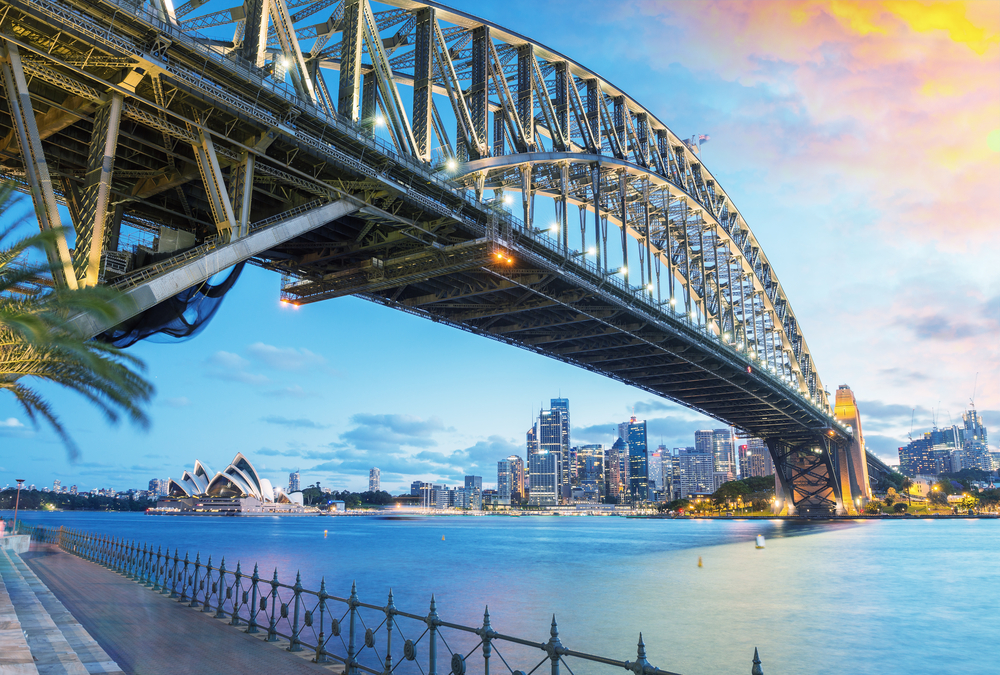
One of Donald Horne’s most pervasive observations in his iconic polemic of 1960s Australia “The Lucky Country” was that it might have been the “world’s most suburban nation”. More than half a century on, his swipe at the conservative, white picket fence culture of the time has taken on a far more literal meaning.
With more than 50% of the population now living in Australia’s three largest cities, Melbourne, Sydney and Brisbane can’t stop growing. Since the turn of the 21st century, the east coast housing boom has drastically contributed towards the construction of more than 700,000 apartments, according to the Australian Bureau of Statistics. An increase in birth rates, longer life expectancy, and urban migration (90% of the population now live in cities) are driving the unprecedented housing demand.
But it is not just the local market fuelling this 20-year construction frenzy. In 2012, the government introduced the Significant Investor Visa (SIV) programme, allowing foreign high-net-worth individuals to invest at least A$5m in the country in exchange for permanent residency under the Business Innovation and Investment Visa programme. And although the country had traditionally been a popular destination for migrants and second-home buyers from Europe, the US, and Canada, it was the big spenders from Asia who answered the investment siren.
“Australia has always been an open, transparent, and friendly market for offshore investors,” says Benson Zhou, director of Asia Markets at Savills Australia. “But Asian overseas buyers, in particular, benefit from proximity to the continent, some of the world’s most comprehensive property laws, and net yields that are between 4% and 7% higher per annum than in most Asian countries.”
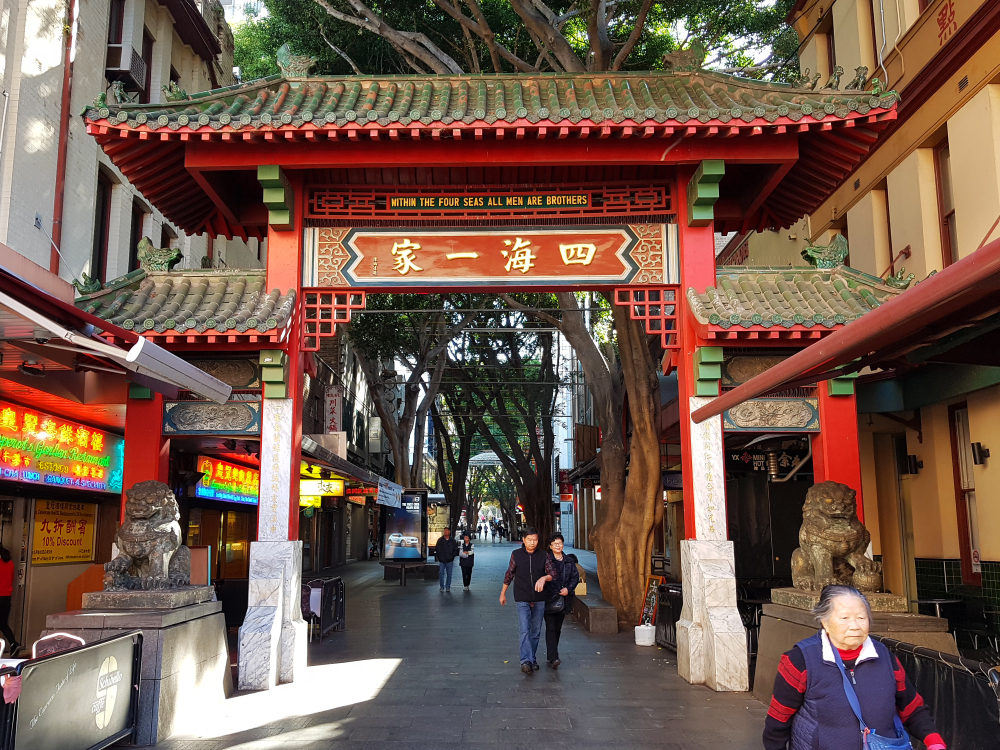
Investment from mainland China, Hong Kong, Singapore, South Korea, and Japan far surpassed demand from the west in the last decade. Buyers from China have been particularly prolific, purchasing $113.2 billion worth of Australian property, accounting for 19.3% of all foreign asset purchases, according to data released this year by Australian Foreign Investment Review Board (FIRB).
But it is not only Chinese individuals that have capitalised on Australia’s fertile business environment. Over the past five years, mainland Chinese developers have significantly ramped up their presence, building landmark residential towers along the skylines of the east coast. Approximately 20% of Sydney residential development site sales in 2019 were purchased by offshore developers, while in Melbourne they made up a 44% share, according to Michelle Ciesielski, head of Australia residential research at Knight Frank.
Asian overseas buyers benefit from proximity to the continent, some of the world’s most comprehensive property laws, and net yields that are between 4% and 7% higher per annum than in most Asian countries
“When offshore developers commenced their inaugural project in Australia, many had a strategy to sell to buyers familiar with their brand first and then build up their brand locally,” she says. “But with FIRB restrictions in place, many could only sell a small portion of their project to offshore buyers. This, in addition to the market undersupply witnessed a few years ago, means that nowadays they are more familiar with local Australian buyers.”
An assortment of big-name Southeast Asia developers are also in on the action, especially in the east coast’s hotspots. Notable projects include one of the country’s most expensive residential properties, SP Setia’s Sapphire by the Gardens in Melbourne, Sydney-based One Central Park by Singapore’s Frasers Property, and the sprawling Eden’s Crossing community on the outskirts of Brisbane, a joint venture backed by Thai development behemoth Supalai.
Australia’s eastern cities are by far the most popular and most lucrative investment destination for Asian buyers. “More than 60% of all SIVs granted since 2010 have been for investments in Victoria, while New South Wales accounts for about one-third, with buyers hailing primarily from China, Hong Kong, and Malaysia,” says Ciesielski. Data released in 2019 by online property portal Domain Group also shows Sydney, Melbourne and Brisbane experiencing a median increase of 68%, 54% and 22% respectively during the period.
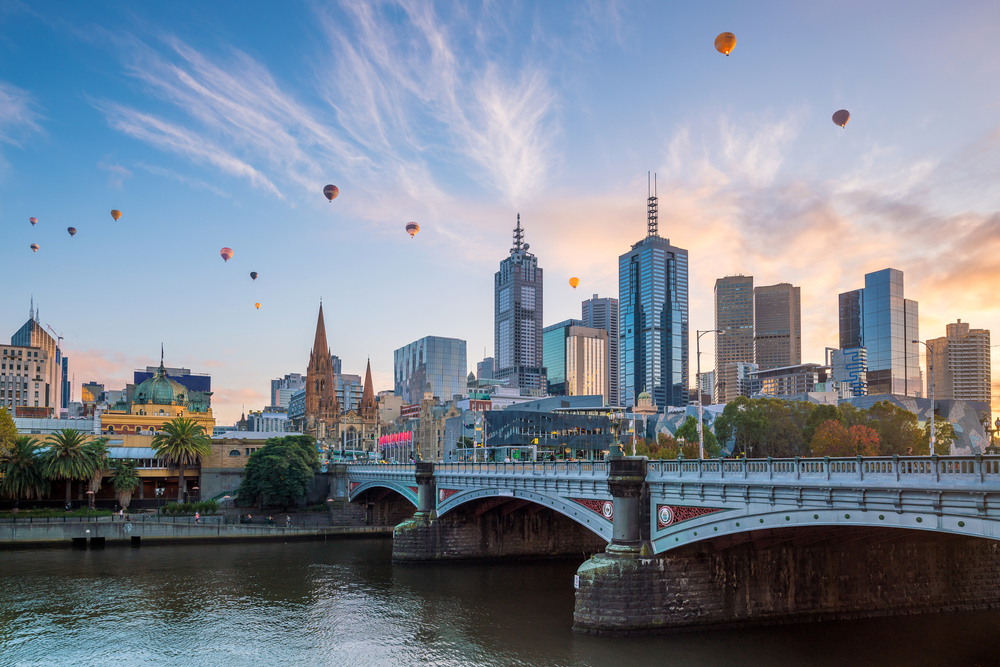
Although record-low interest rates, strong population growth, and land scarcity in the prime coastal markets are the main factors, a common refrain remains in Australia that foreign, mainly Chinese, buyers are responsible for these price hikes.
Foreign spending, however, has little effect on the existing housing stock due to restrictions on overseas investment. Analysts believe such purchases rarely account for more than a percentage point or two of the almost 500,000 annual home sales in recent years. Overseas investment is, in fact, perceived a positive influence on the market.
“The current rules around foreign investment in residential property aim to direct investment into new housing, increasing the housing supply and supporting local economic activity,” says Ciesielski. “This means local buyers are not competing with offshore buyers for an established product.”
Investment levels from China reportedly peaked in 2018, but only 12 months later had abruptly fallen by more than 50% to A$6bn, ranking it only the fifth largest source country for real estate investment behind Singapore and Hong Kong.
“This can be attributed to a range of factors such as China’s internal domestic policy settings, including increased scrutiny of outbound investment and stricter capital controls,” writes FIRB chairman David Irvine in its annual 2020 report, noting other local factors include the introduction of foreign investment application fees, the doubling of stamp duty in Victoria and New South Wales, and tighter lending conditions.
Canberra and Beijing’s extended honeymoon seem to be cooling off. Data released by one of China’s largest online property portals Juwai shows enquiries fell by more than 65% in May. While some dampening can inevitably be attributed to the pandemic, the nosedive coincides with Canberra’s decision to investigate the origins of the virus. The move drew an immediate rebuke from China and the threat of trade sanctions, including suggestions its citizens avoid Australia due to racist threats.
Far from being a paranoid and overzealous accusation by China’s ruling party, there has reportedly been a sustained increase in anti-Chinese, and more broadly anti-Asian, racial abuse and harassment since Covid-19 hit Australia in February. A survey released earlier this month by independent think tank Per Capita, the Asian Australian Alliance, and Being Asian Australian, revealed 386 reports of racist incidents between April and June, from verbal and written abuse to physical intimidation and assaults.
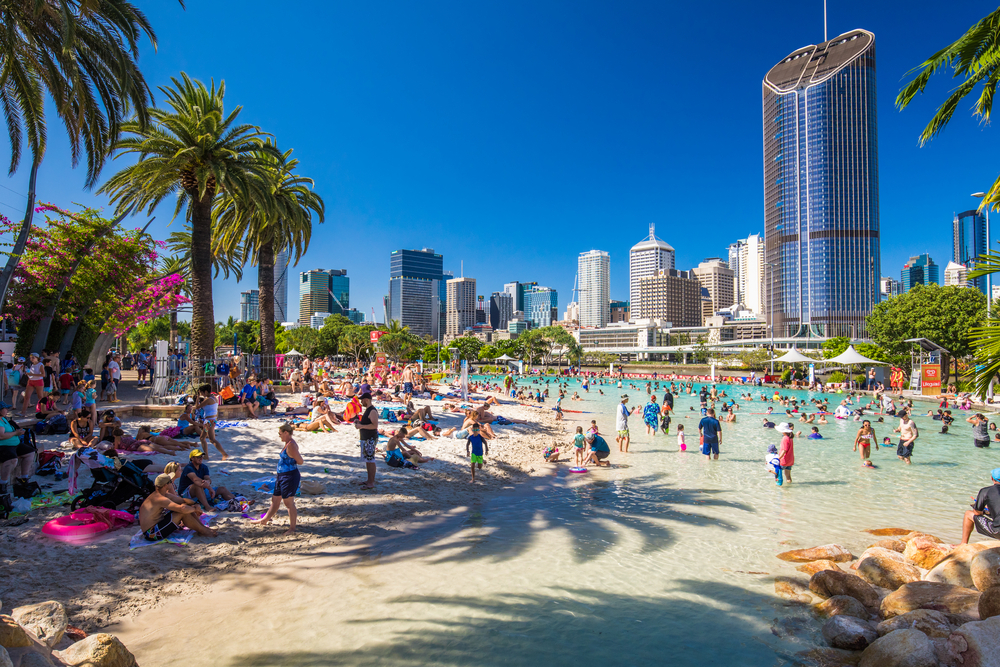
Another poll by the Sydney-based Lowy Institute in June showed 94% of Australians want Canberra to identify other markets to reduce its economic dependence on China, while a similar survey in April and June across 10 Chinese cities found most respondents were “not optimistic” or “uncertain” about improving Sino-Australian relations.
Real estate experts and economists—in Australia, at least—almost unanimously agree the two countries will make up. China is after all Australia’s largest trading partner, accounting for about 36% of its exports. Australia, meanwhile, is home to more than 700,000 Chinese-born migrants, according to the Australian Bureau of Statistics, while China is the country’s top source of international university students. “Current tensions with China, whilst of concern, will pass,” surmises Scott Keck, chairman of property advisory firm Charter Keck Cramer. “There is an overriding, economic imperative to maintain bilateral trade and a neutral, respectful relationship.”
With international students enrolled in Higher Education in Australia now accounting for around a third of its total students, according to a 2019 Savills report, investment in the Australian student accommodation market have reached record levels in 2019, highlighting a significant shift in maturity and emergence of the sector into the mainstream investor spotlight. While the category is currently under pressure as many students have not yet returned due to travel restrictions, there is a general view the segment will survive and normalise return in the near future.
“Globally, Asian students prefer to come to Australia over Europe and the US due to its proximity, standard of living, and quality of education,” says Keck. “It is this fundamental attraction that Australia offers that should be the underlying assurance.”
The government’s announcement of a new visa scheme, offering post-graduates an additional year in Australia, was expected to further boost the Asian student population. But with lockdowns in most states expected to continue into 2021, it could be some time before short- and long-term overseas migration reaches pre-Covid levels. Prime minister Scott Morrison said recently that he expected net overseas migration to drop 85% from 2018 levels in the next financial year. Experts, meanwhile, believe this could result in a fall in housing demand of about 80,000 units.
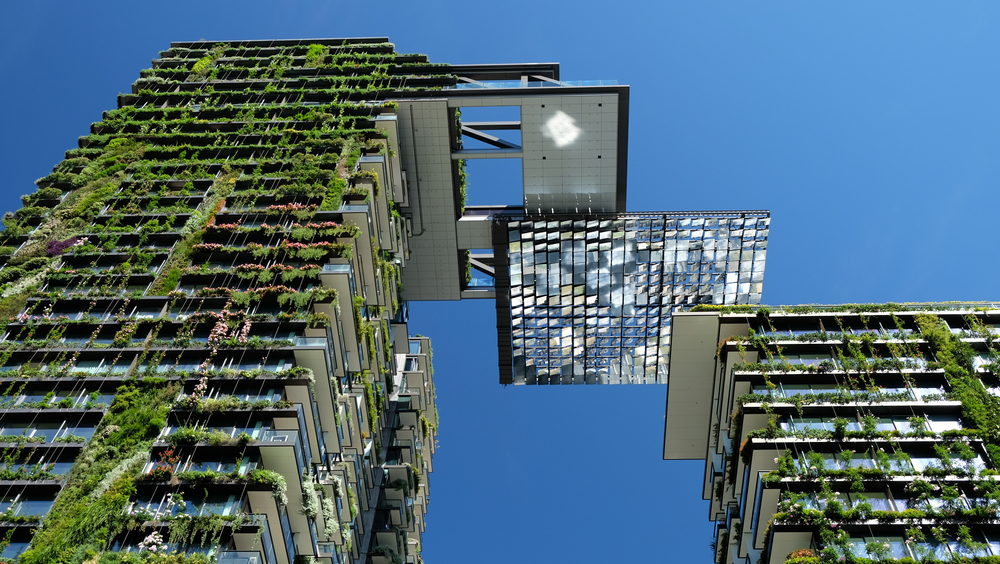
The pending glut is already impacting house prices along the east coast. Knight Frank recorded a 30.7% decrease in nationwide apartment sales to 19,725 in the first quarter. Property data company CoreLogic, meanwhile, reported in August that all the major east coast markets suffered, most notably Melbourne, which experienced a 3.5% decline between April and July.
“Structurally, there has been an enormous demand shock to the Melbourne property market with the closure of international borders, where Melbourne previously had the highest level of net overseas migration of the capital city markets,” says CoreLogic’s head of Asia Pacific research Tim Lawless.
If Morrison’s bleak outlook is accurate and migration figures slump drastically over the next 24 months, it could finally bring the curtain down on the breakneck rise of the east coast’s skylines over the last two decades. The cooling of the resale market, meanwhile, should provide some cut-price deals to local buyers who have managed to avoid the Covid-induced economic downturn. The question remains whether Asia’s moneyed investors and students will continue to pour into Australia if the lockdown and diplomatic tensions drag on into 2021—and how the real estate industry will adapt if they do not return.
This article originally appeared in Issue No. 162 of PropertyGuru Property Report Magazine
Recommended
Meet the vagabond architect behind India’s housing scene
Vinu Daniel is helping to shake up India’s home building setting
Where Asian real estate stands in a fragmented, warmer world
Asia’s real estate industry faces many and varied challenges as external factors continue to bite
6 sights to see in Singapore’s Marine Parade
Handily located Marine Parade has emerged as a vibrant investment choice in the Lion City
There’s a township dedicated to health and wellness in Malaysia
Property seekers have their health needs catered for at KL Wellness City





